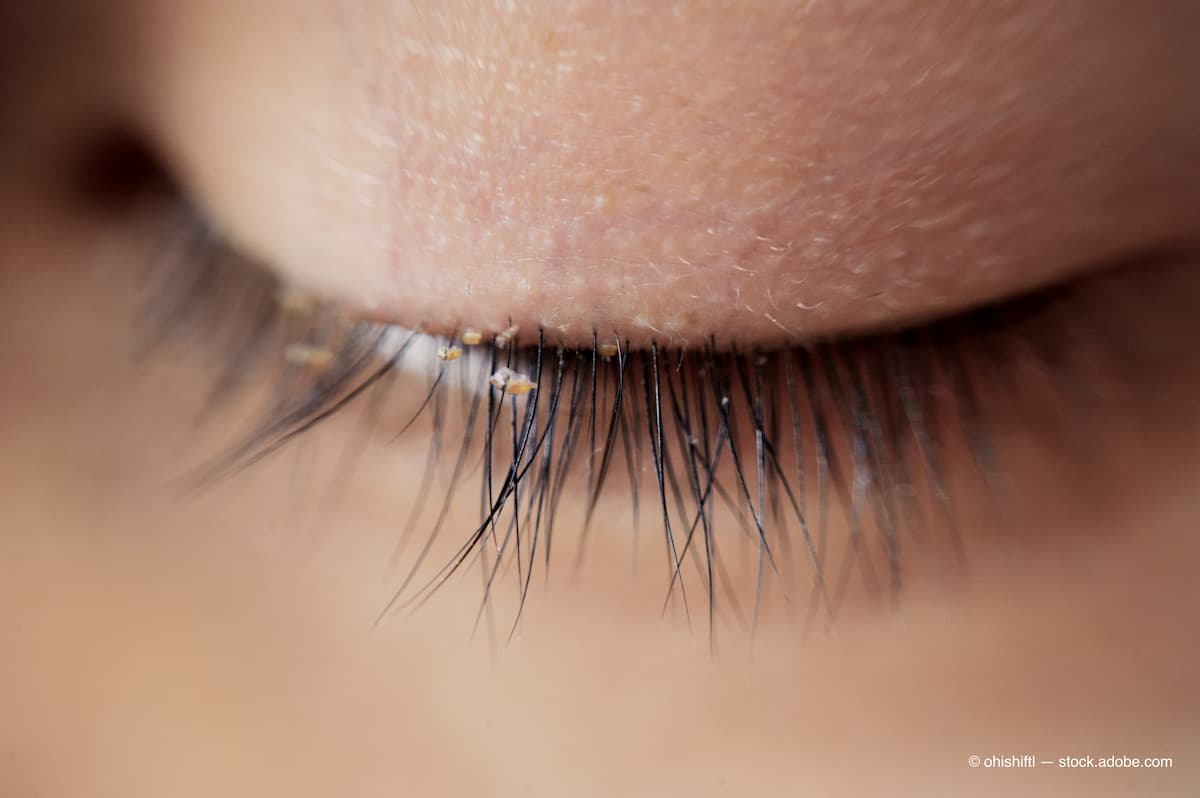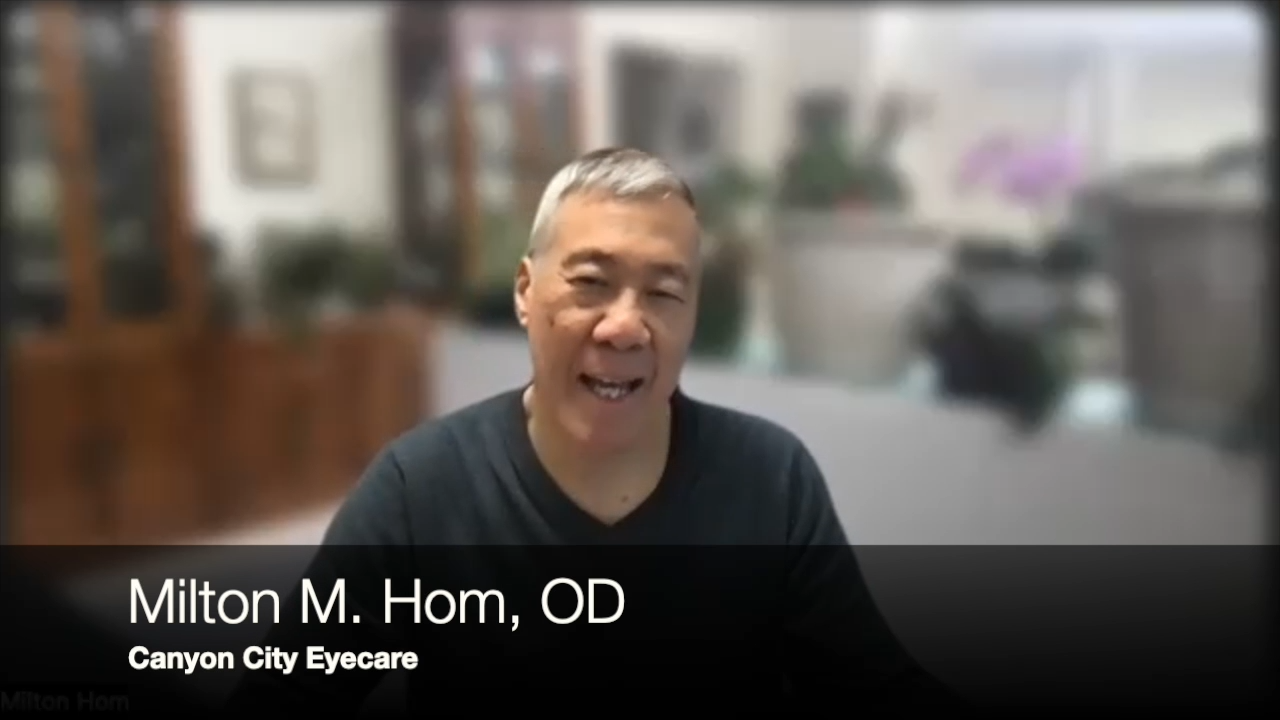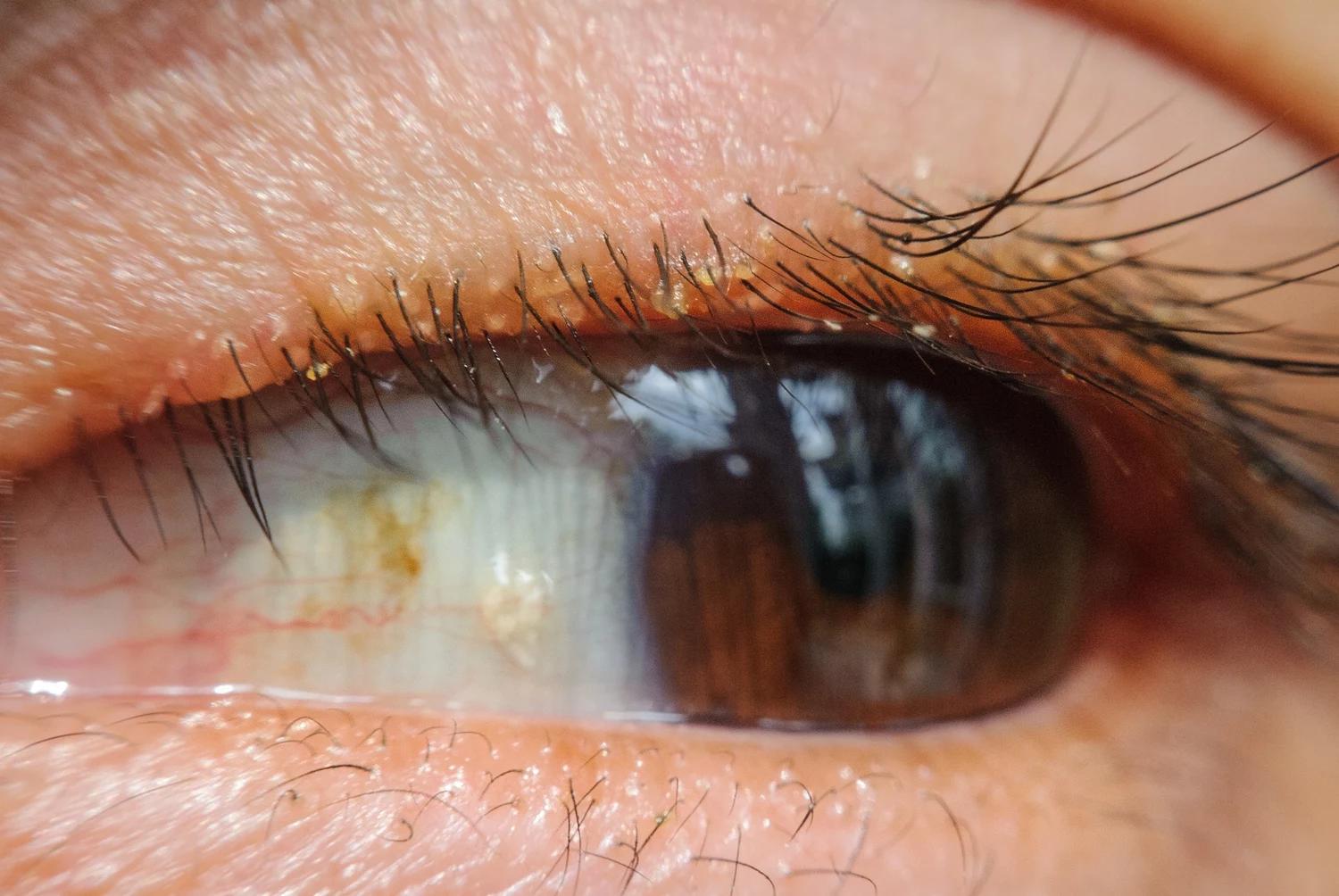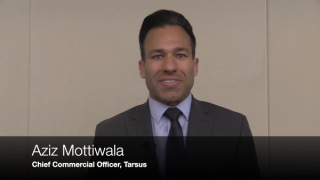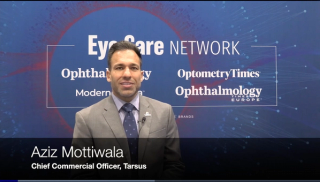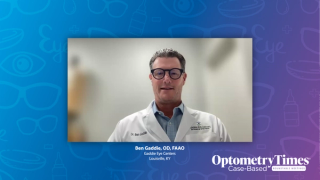
Blepharitis
Latest News
Video Series
Latest Videos
CME Content
More News

An ocular wellness regimen doesn’t need to be complicated—simply wipe, spray, and warm
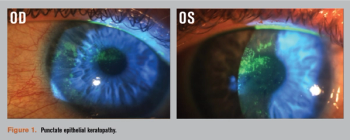
A comprehensive approach to treatment is critical to help patients with comprehensive disease.
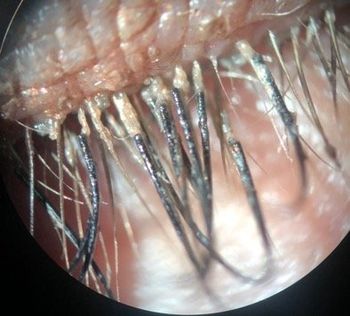
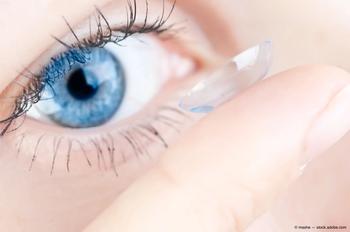
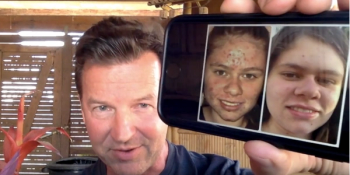
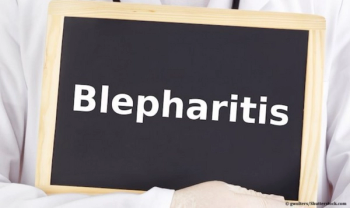
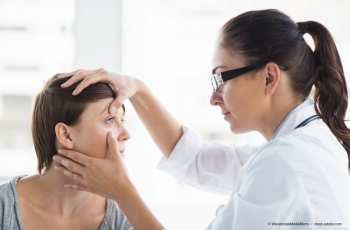
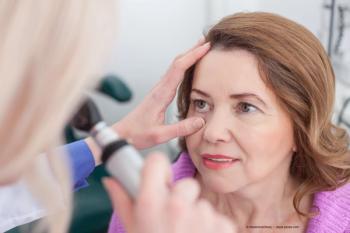
Corneal filaments frequently recur after removal, and resolution occurs only by treating the patient’s underlying inflammation. This case illustrates the need to move to atypical therapies, such as N-acetylcysteine.

Delusional parasitosis or Ekbom’s syndrome is a patient’s mistaken belief that he is infested by parasites such as mites, lice, fleas, spiders, worms, bacteria, or other organisms. Scott Schachter, OD, discusses the challenges ODs face when working with these patients.

Sometimes you just want to know what the experts do.

Scott Schachter, OD, discusses what you should do when demodex blepharitis treatment options fail.

The British Contact Lens Association (BCLA) celebrated its 40th birthday June 9-11 at its 2017 clinical conference and exhibition in Liverpool, UK. Optometry Times was there to hear the latest and live tweet from the meeting.
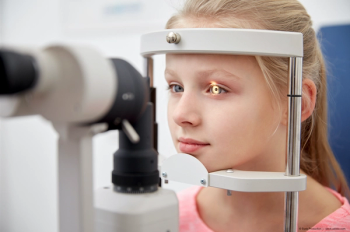
When your pediatric patient presents with irritated, itchy eyelids with reddened lid margins, diagnosing blepharitis may be the easy part of patient care. Implementing a treatment regimen for patients who are infants, toddlers, or school-age children, requires optometrists to use not only their knowledge but their clinical art of practice as well.

In a poll fielded on the Optometry Times website, we asked ODs, if they prescribed topical antibiotics for blepharitis, their top reason for doing so.


In a poll fielded on the Optometry Times website, we asked ODs what they used for first-line therapy for blepharitis patients.

Do you reach first for warm compresses or lid scrubs? What about antibiotics? Weigh in!

With the majority of treatments, both over-the-counter and prescription, focusing on tear supplements and the increase of the natural tear, there may not have been a shift in focus or thinking by most practitioners.

Asking your patients to spend a few minutes a day brings big benefits

The ocular surface encompasses not only the cornea, but the all-important supporting conjunctiva that is divided into the bulbar, limbal, palpebral, forneaceal, and marginal zones.

Laura M. Periman, MD, moves away from detergents for blepharitis treatment

Dr. Scott Schachter discusses four updates to demodex blepharitis, from diagnosis to management

Adding this technology can improve your diagnosis and better educate your patients

The Tear Film and Ocular Surface Society’s Meibomian Gland Workshop was tasked to sort through the literature to determine proper terminology of conditions affecting the lid margin. Review the terminology, gland anatomy, gland expression classifications, and treatment strategies.

Blepharitis is an inflammatory condition of the eyelids leading to red, irritated, itchy, and dandruff-like scales that form on the eyelashes.


